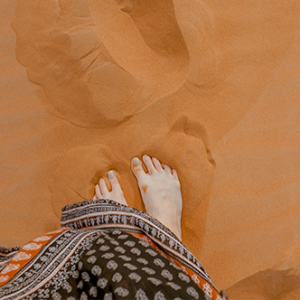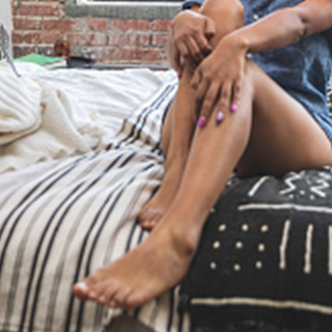
How does hard skin form?
Hardworking areas of the body, like the soles of our feet, have thicker skin for protection so can be prone to hardening. When these areas are exposed to repeated friction or pressure, the body responds by producing excess skin cells and over time, this causes the skin to become thick and hard. Sometimes it takes on an unhealthy-looking yellow colour too.
On the feet there are two common types of dry skin: calluses, which are patches of dry hard skin normally found on the heels and toe pads, and corns which are smaller but can appear knobbly, usually appearing on the sides of toes.
They usually don’t do any harm, but in some cases severely dry skin can become cracked. Deep cracks can bleed, leading to the risk of infection, so you shouldn’t leave them untreated.


